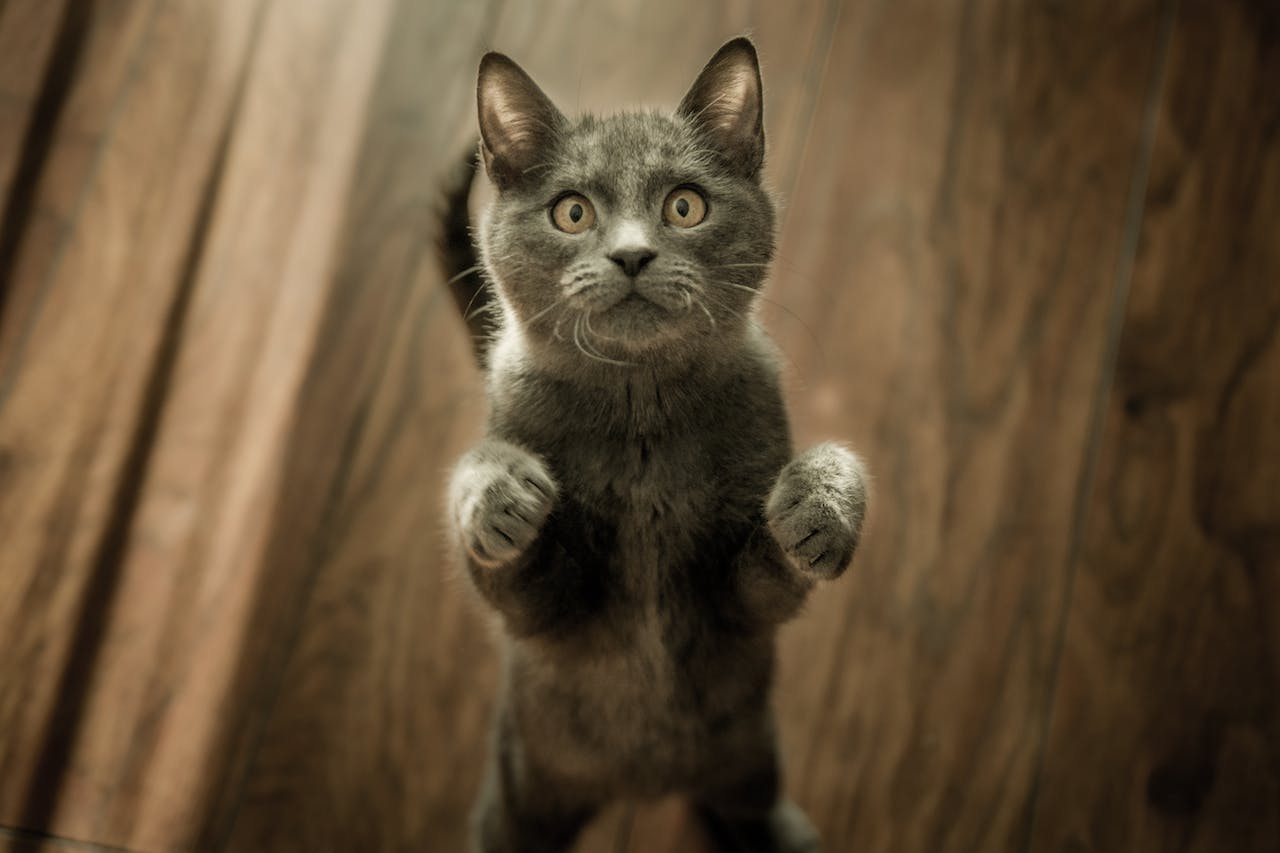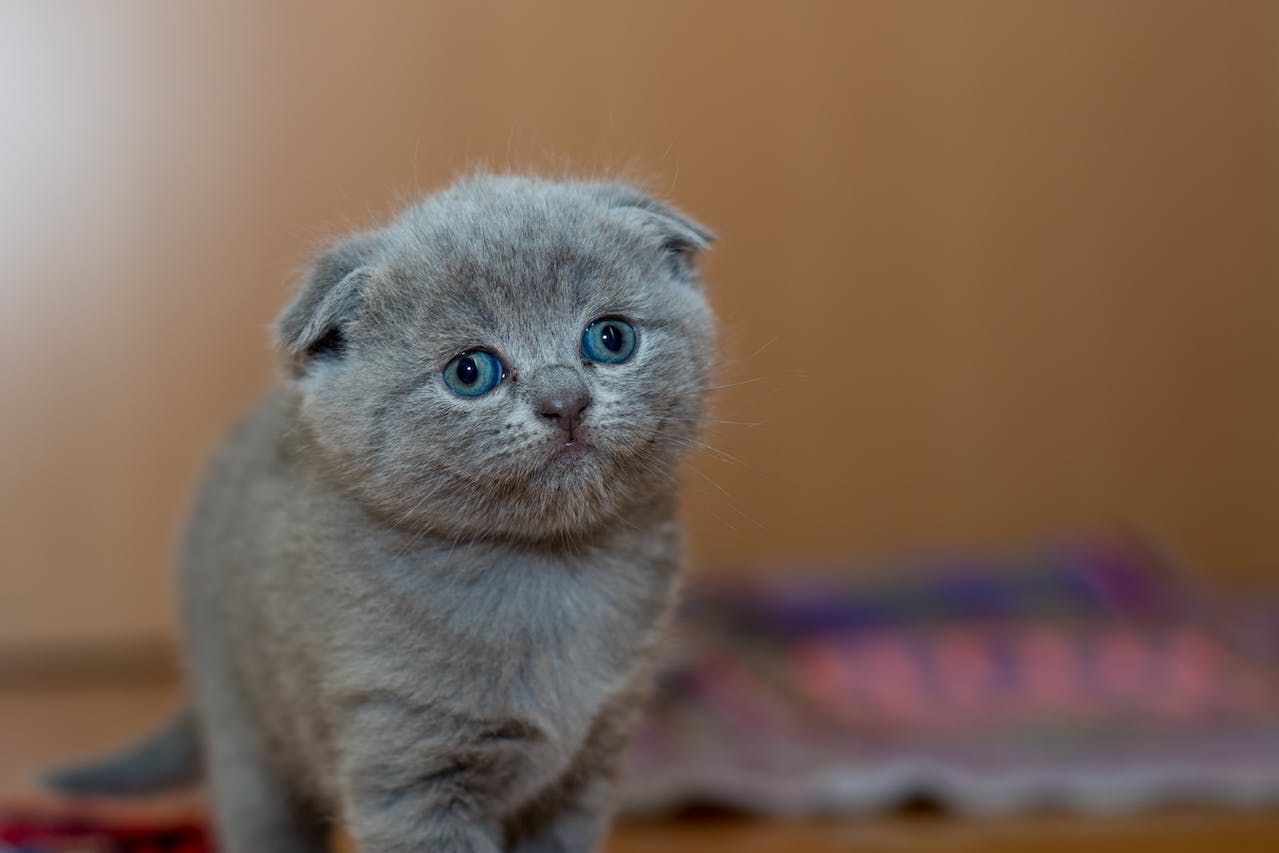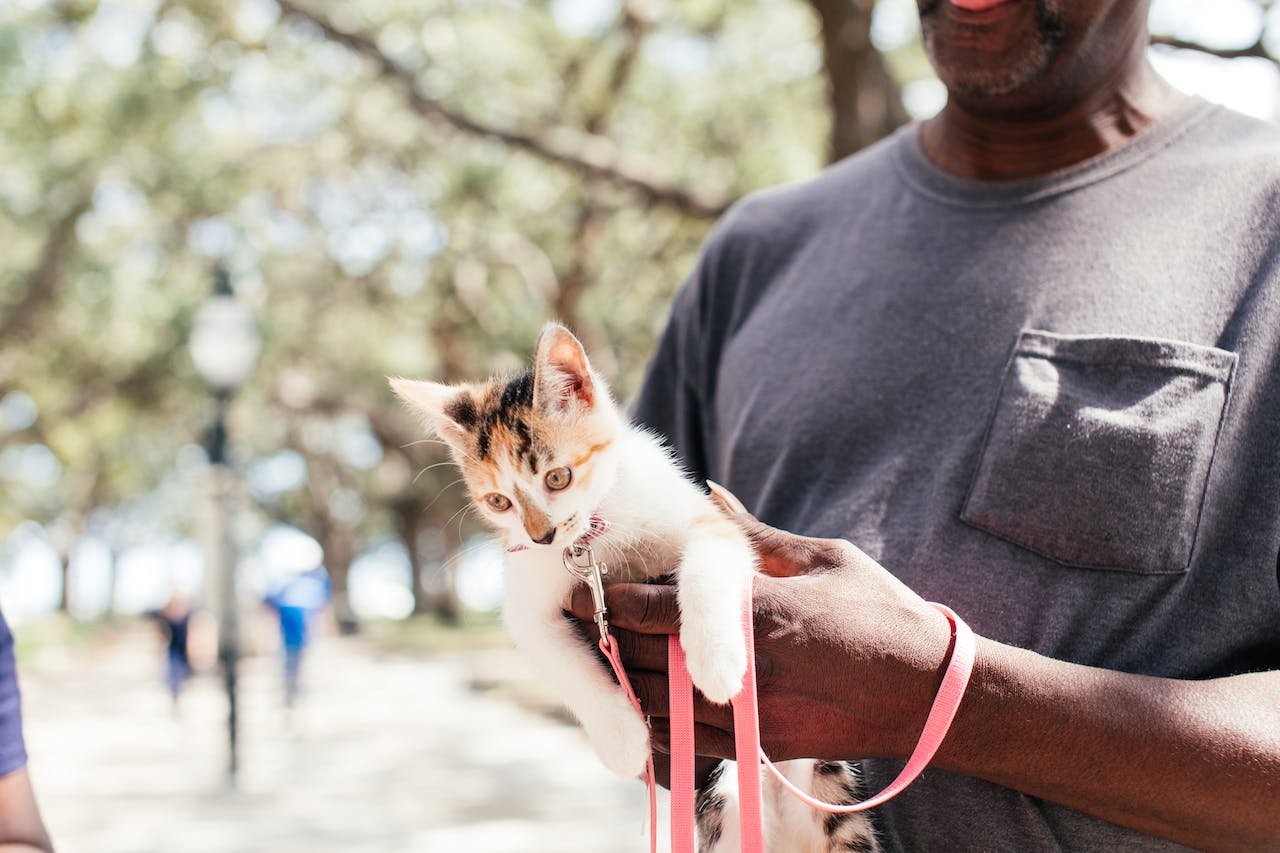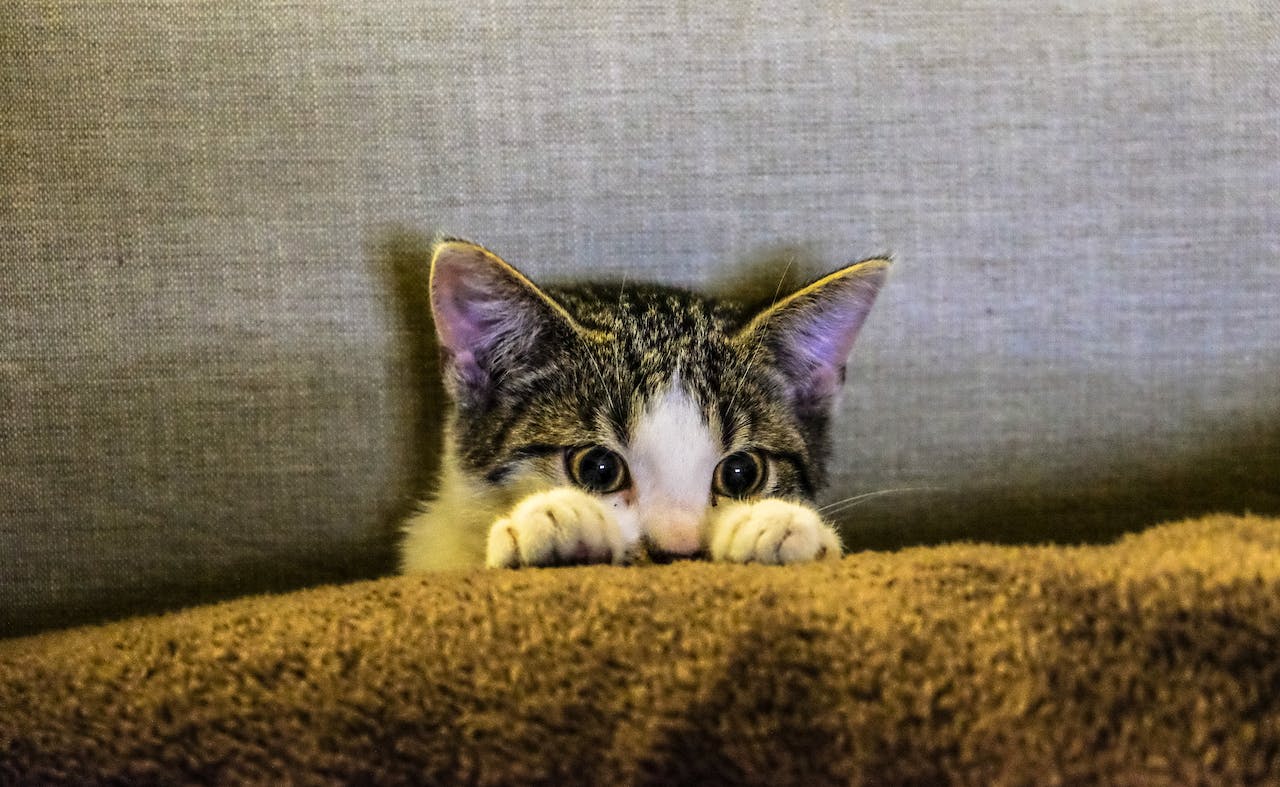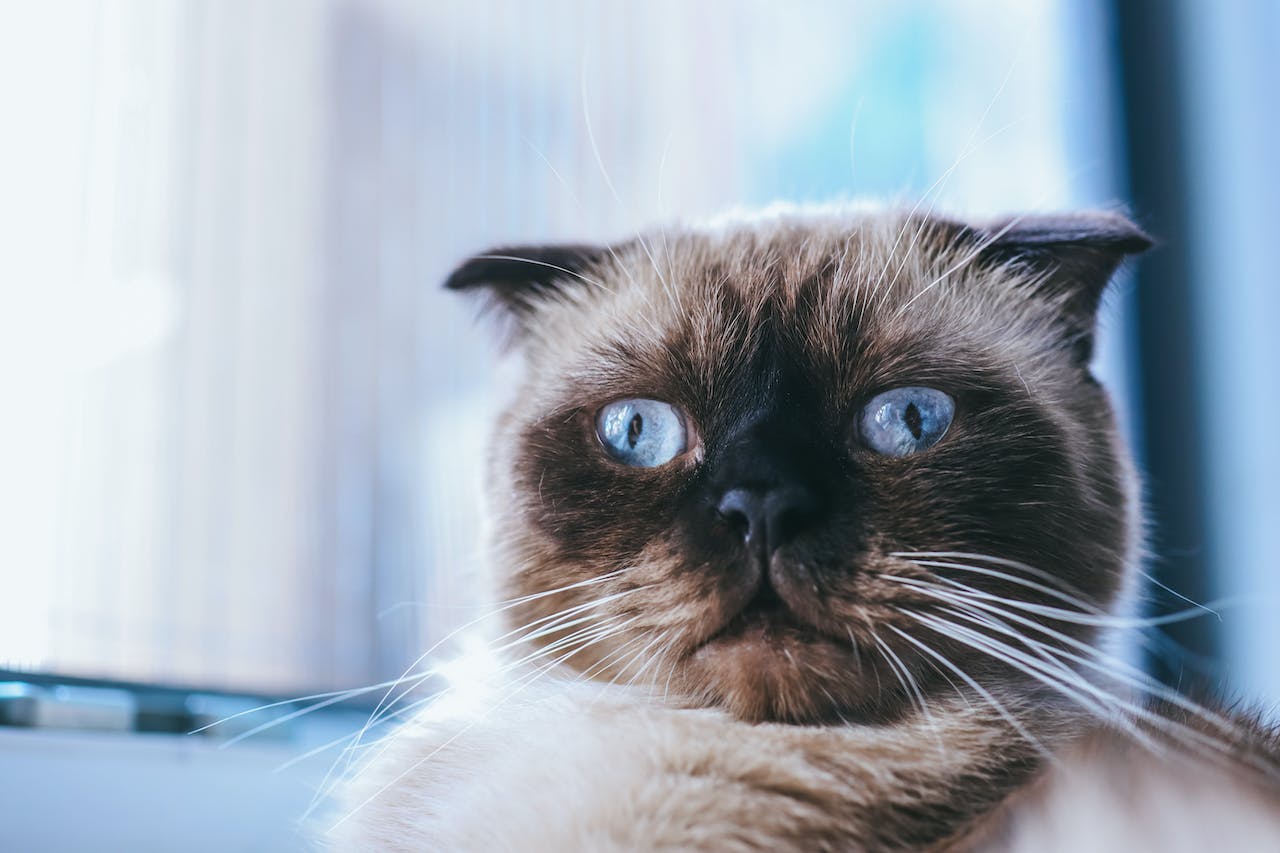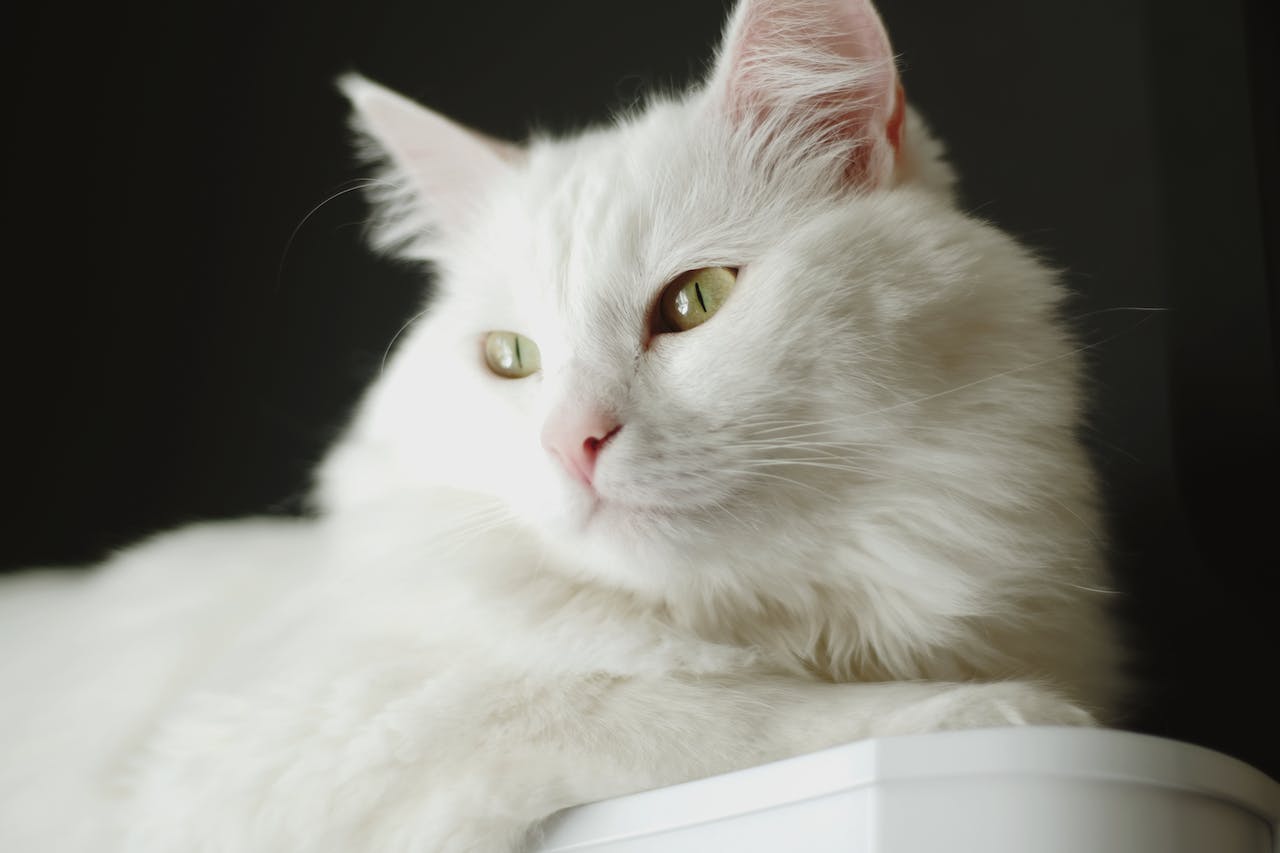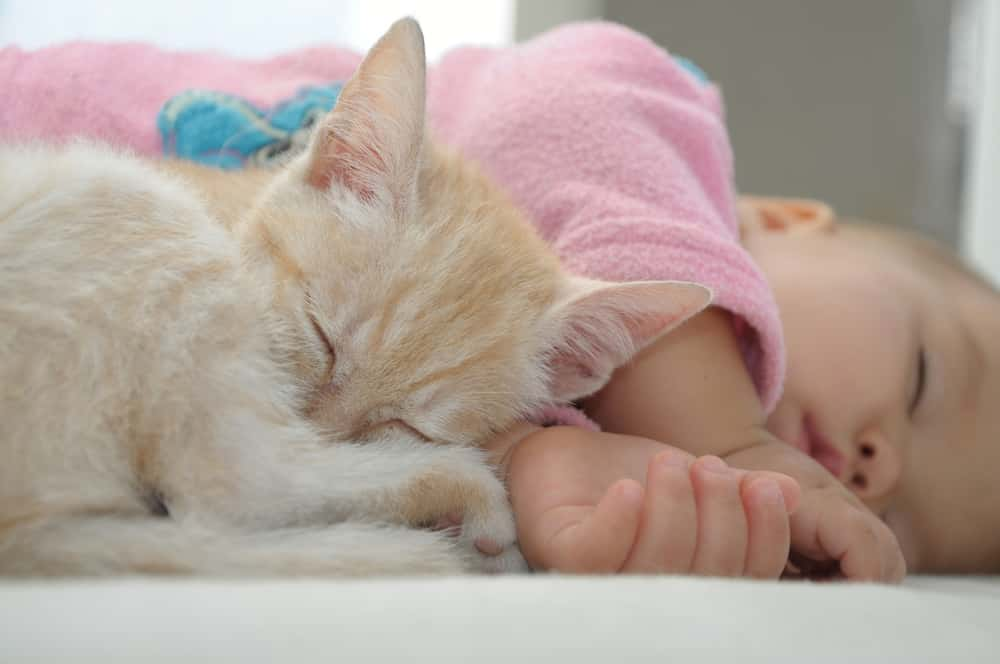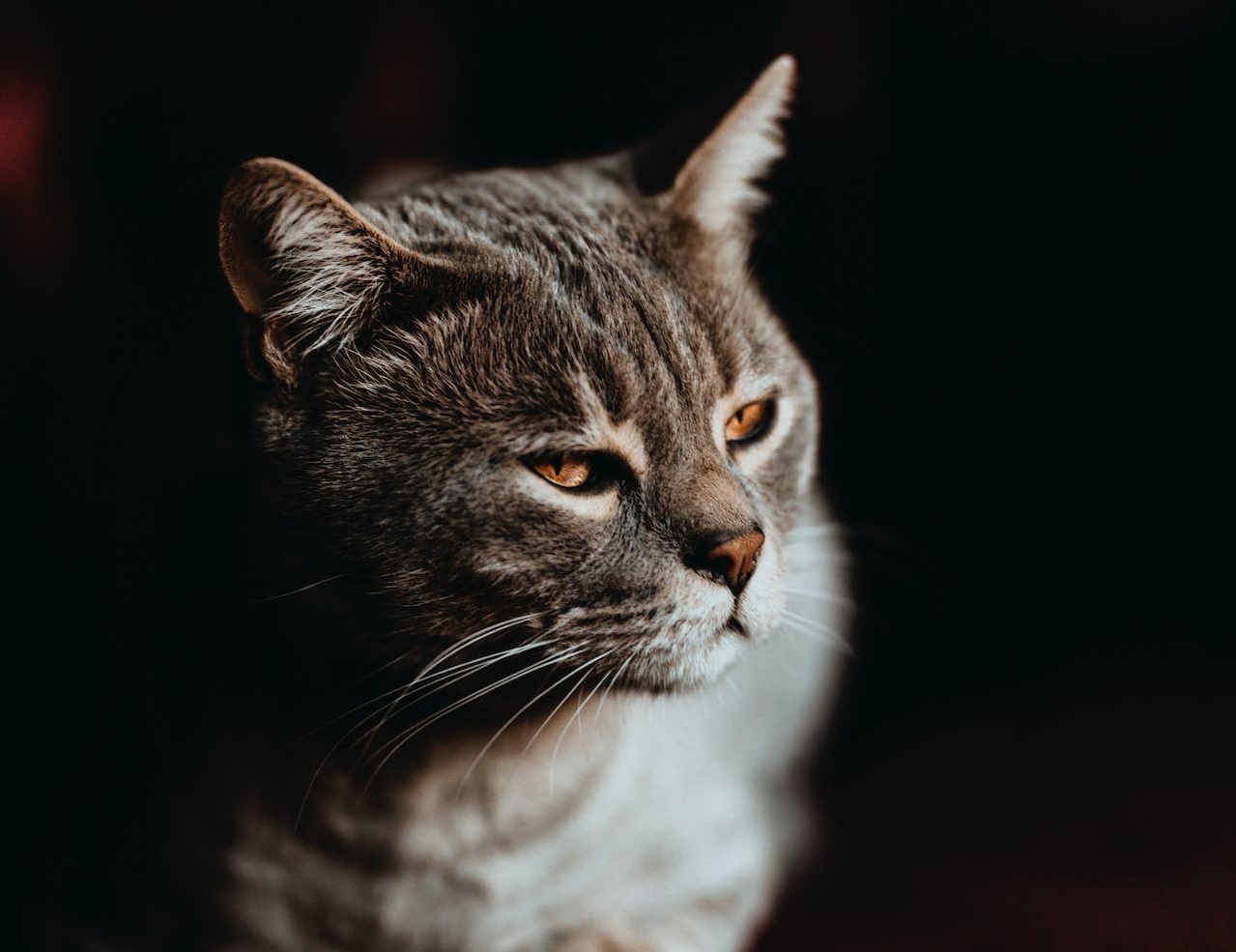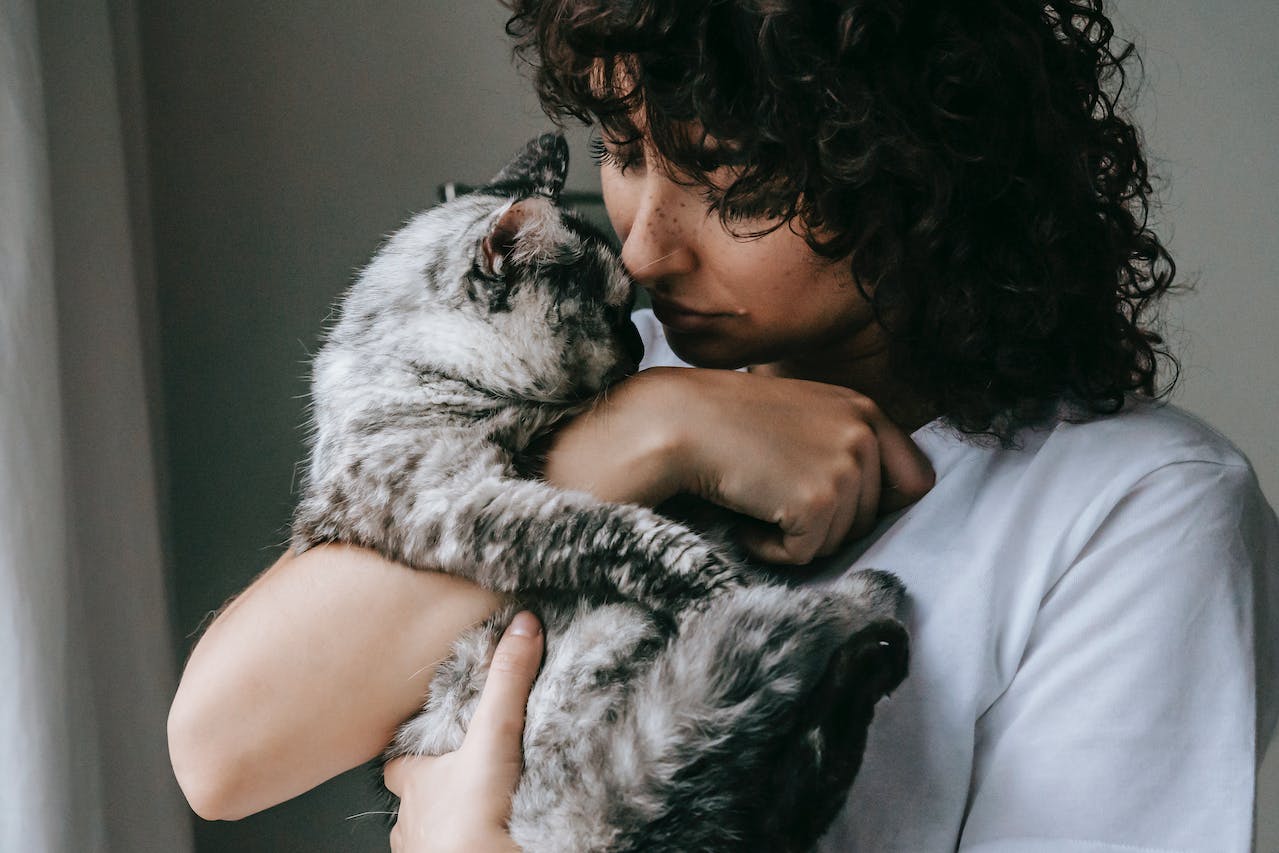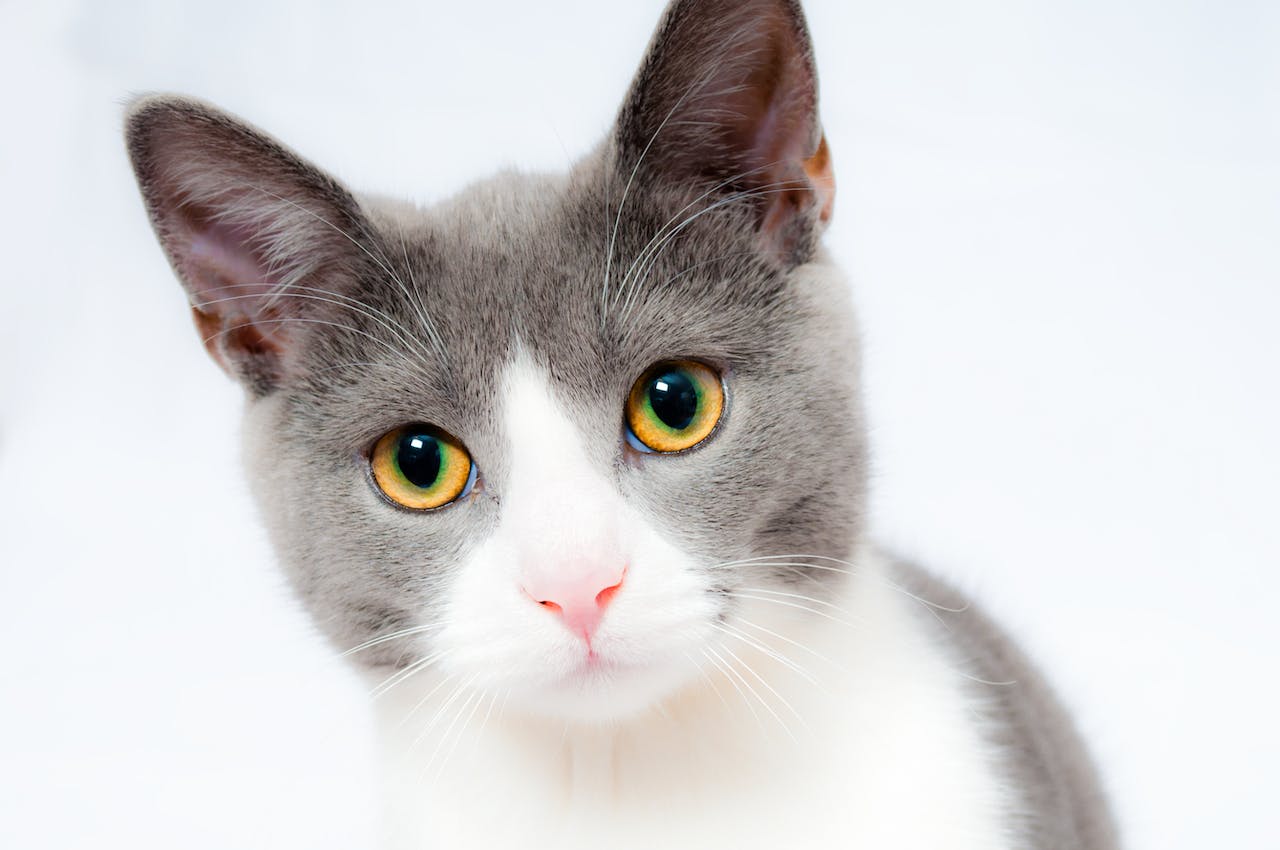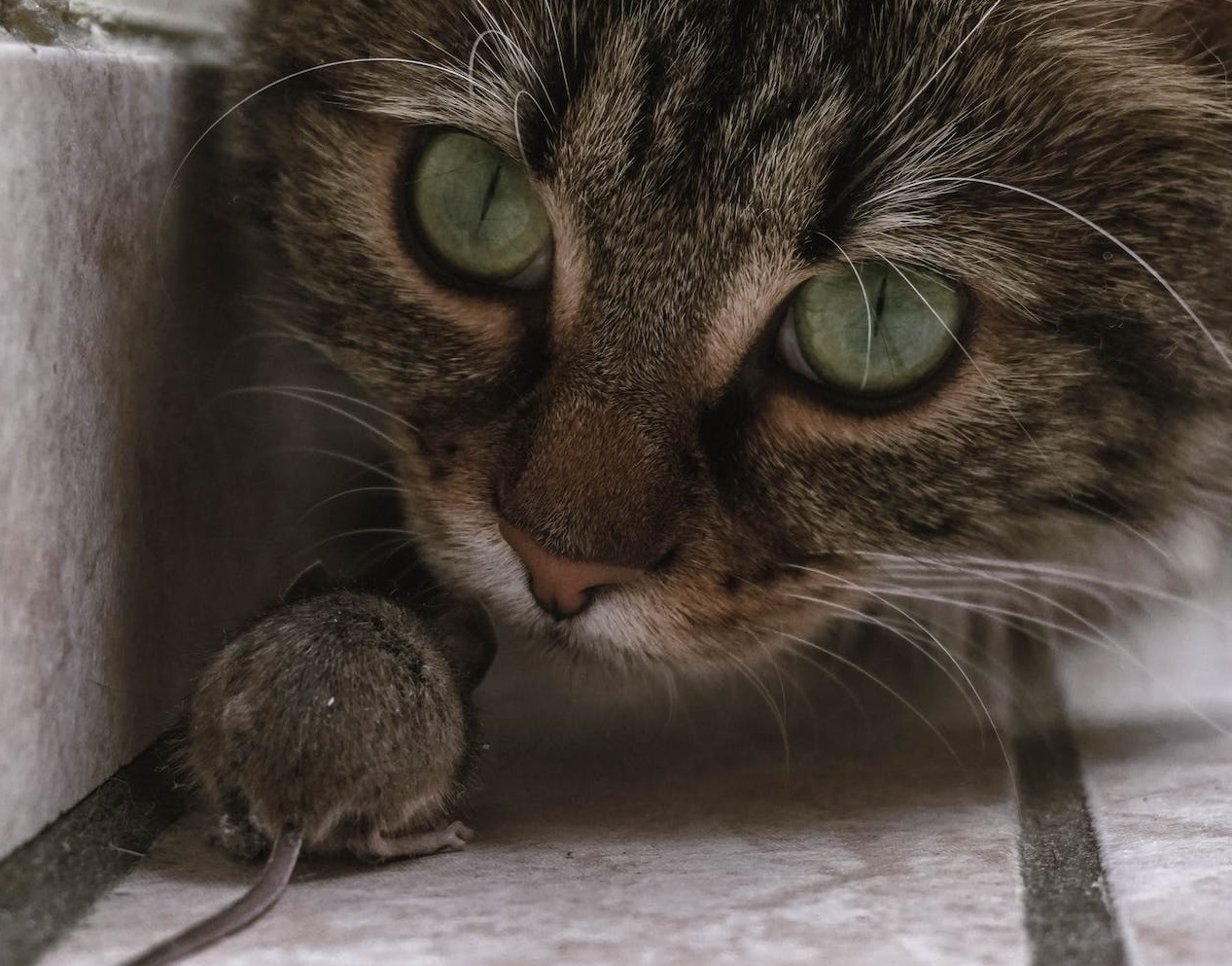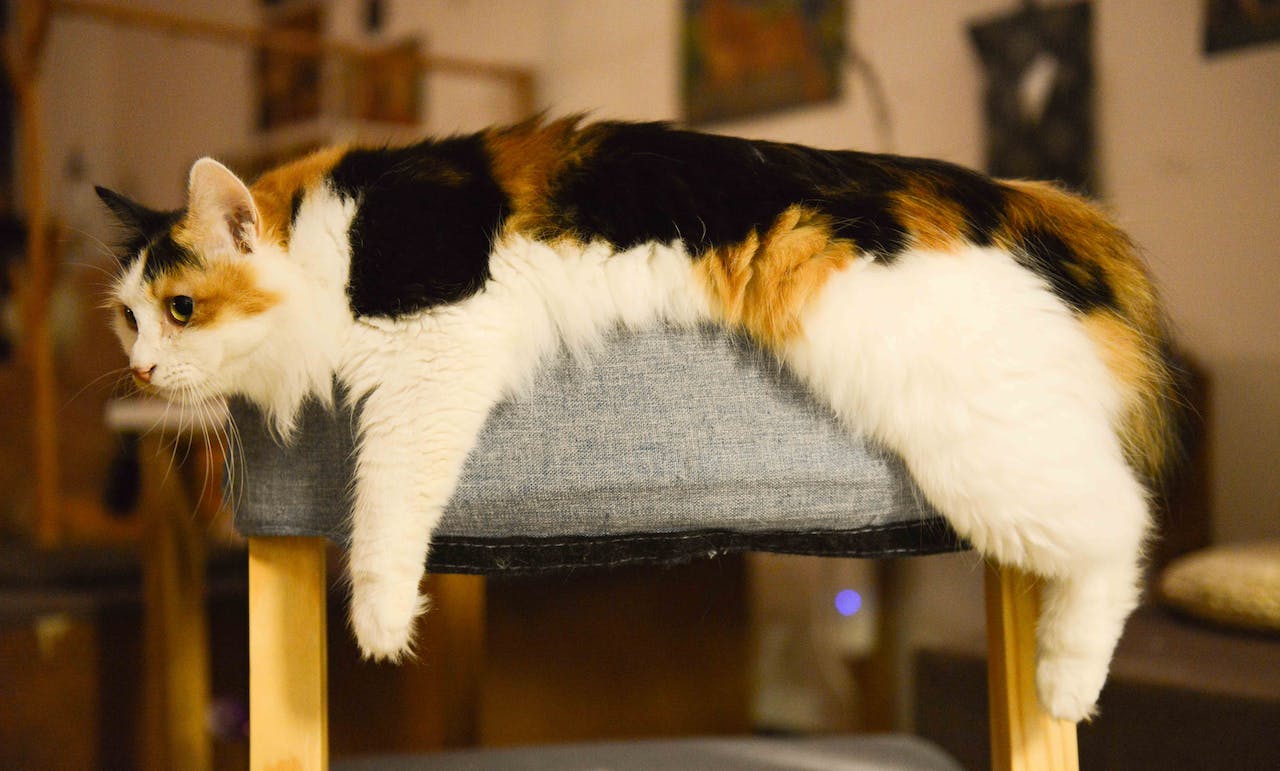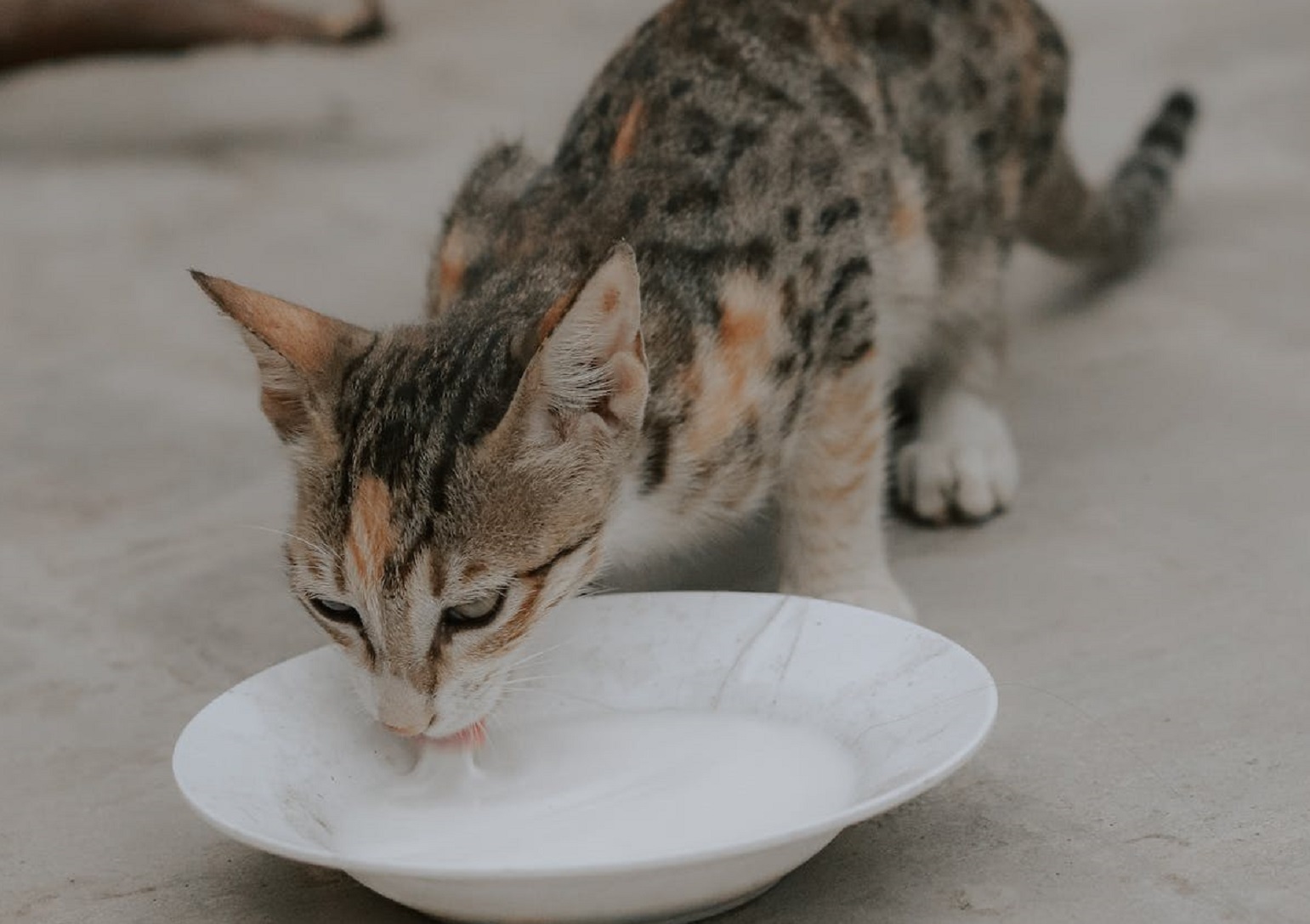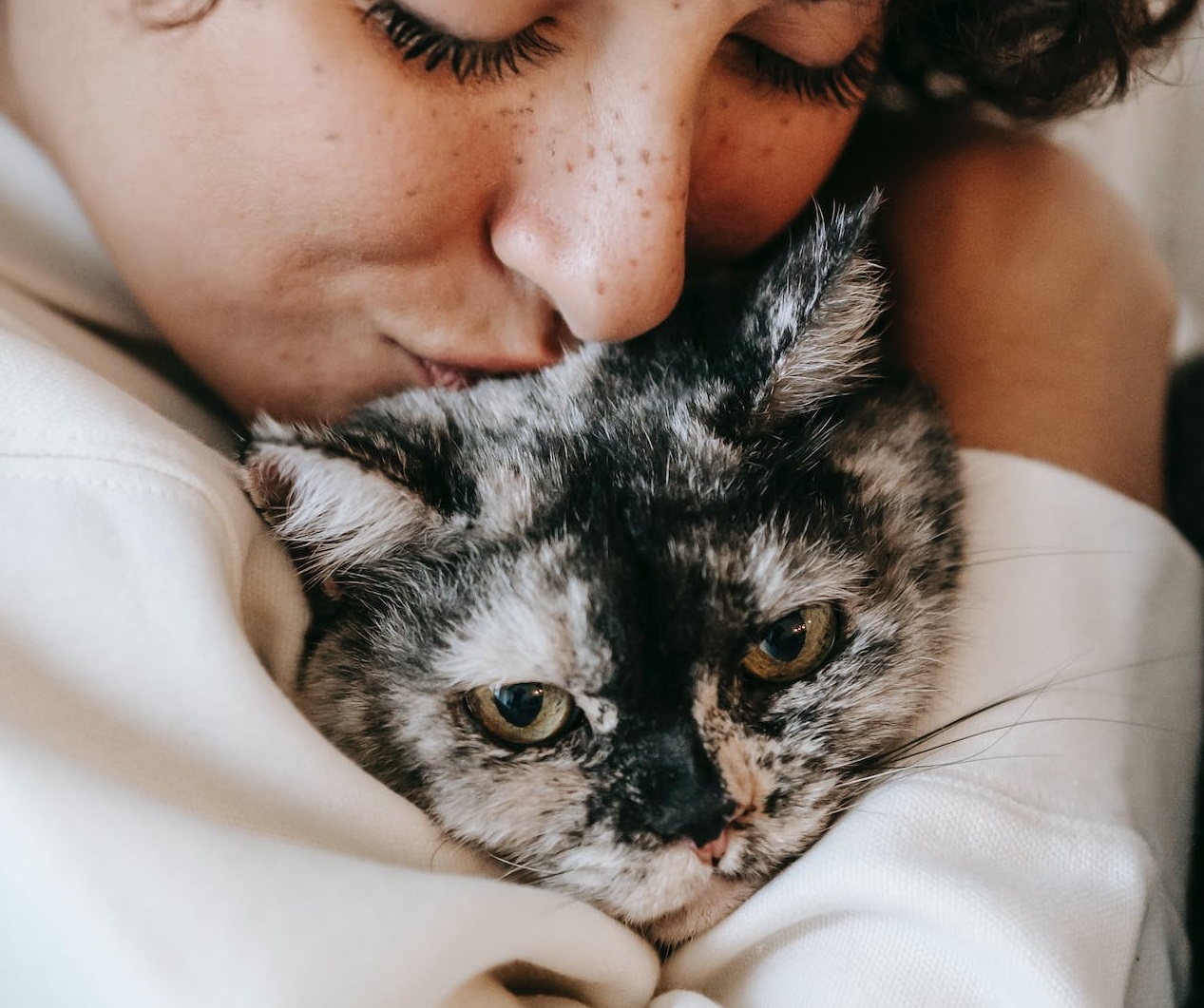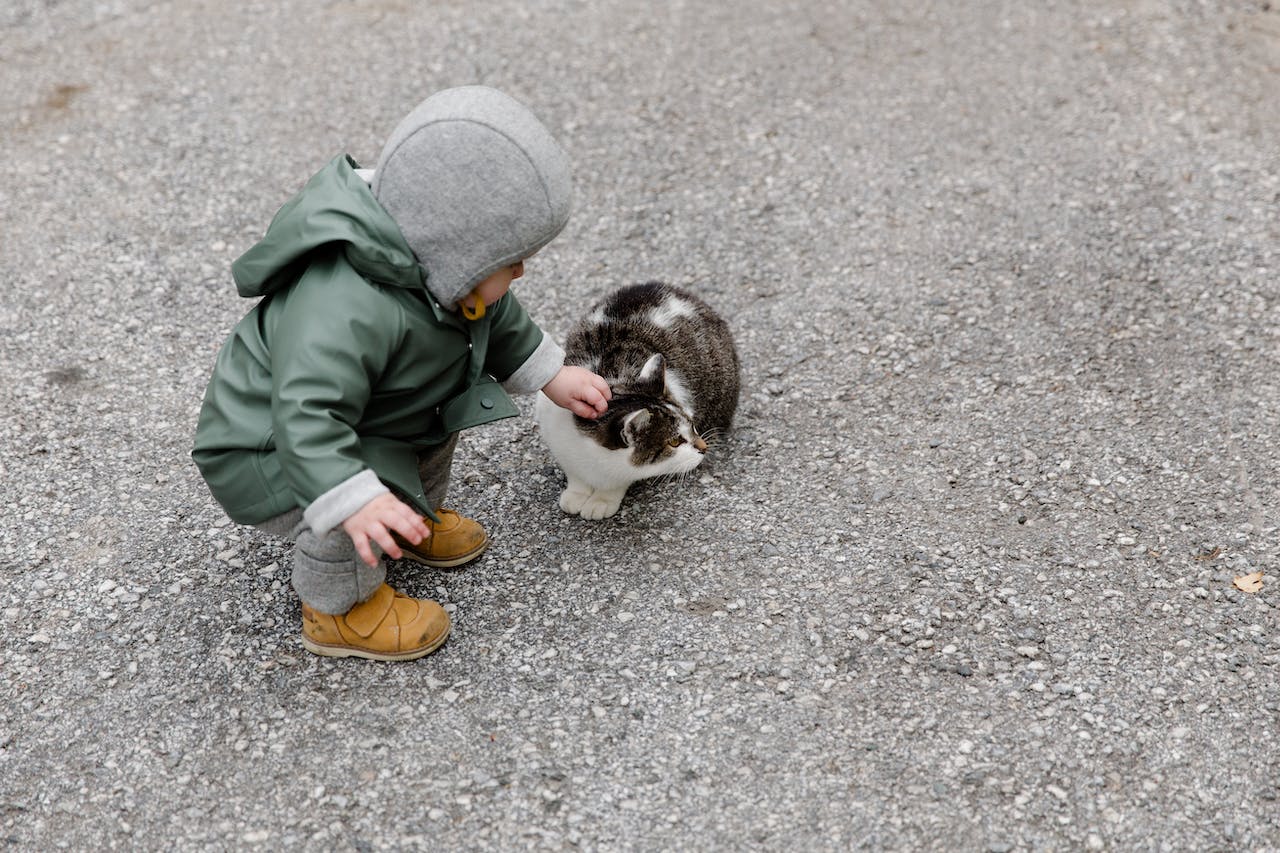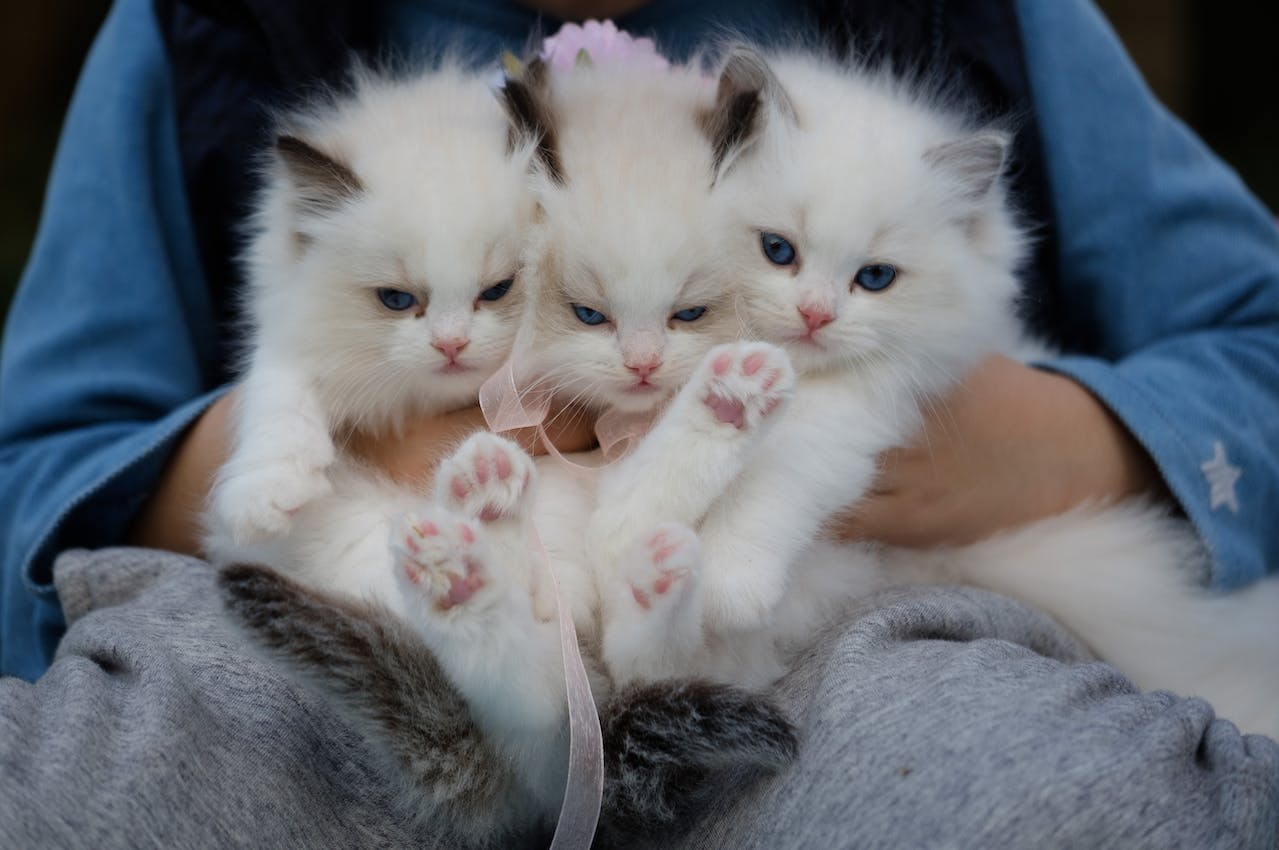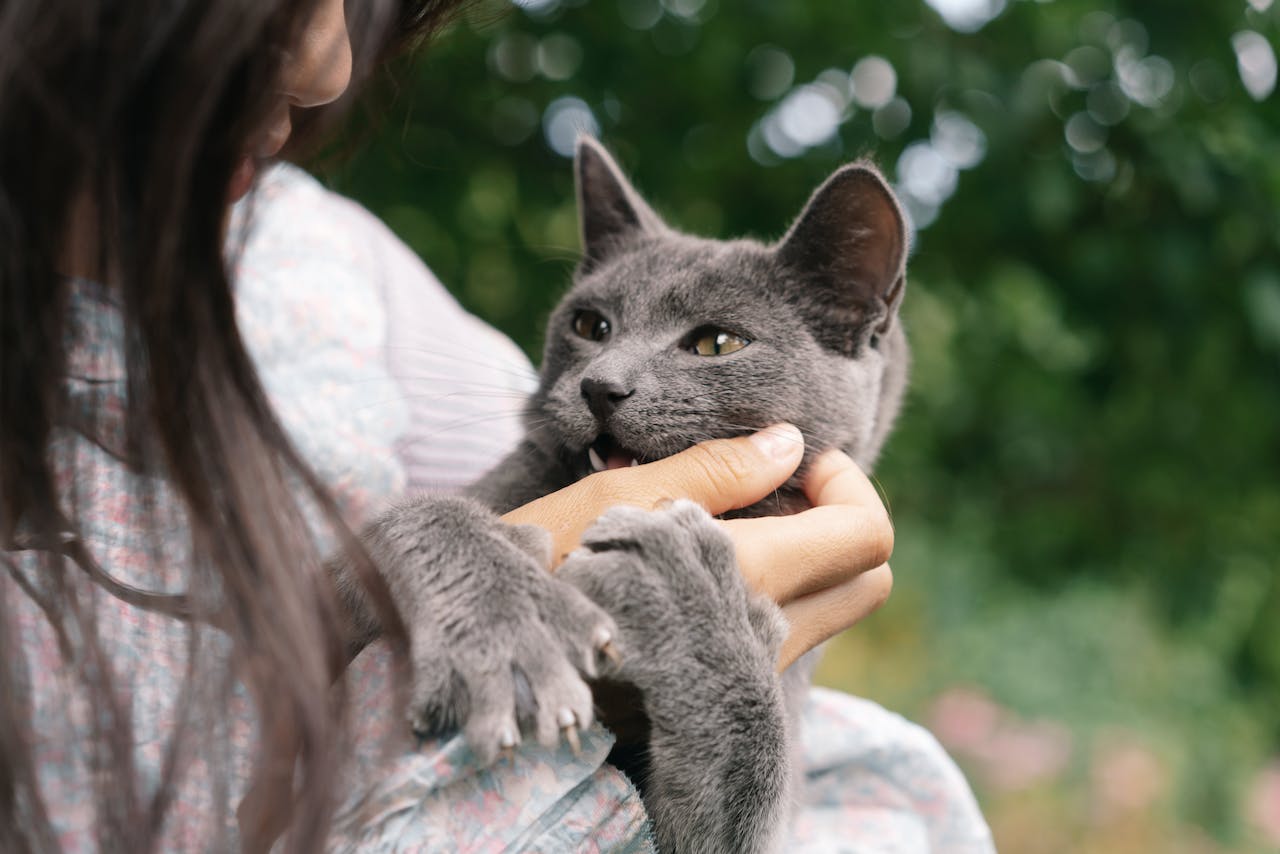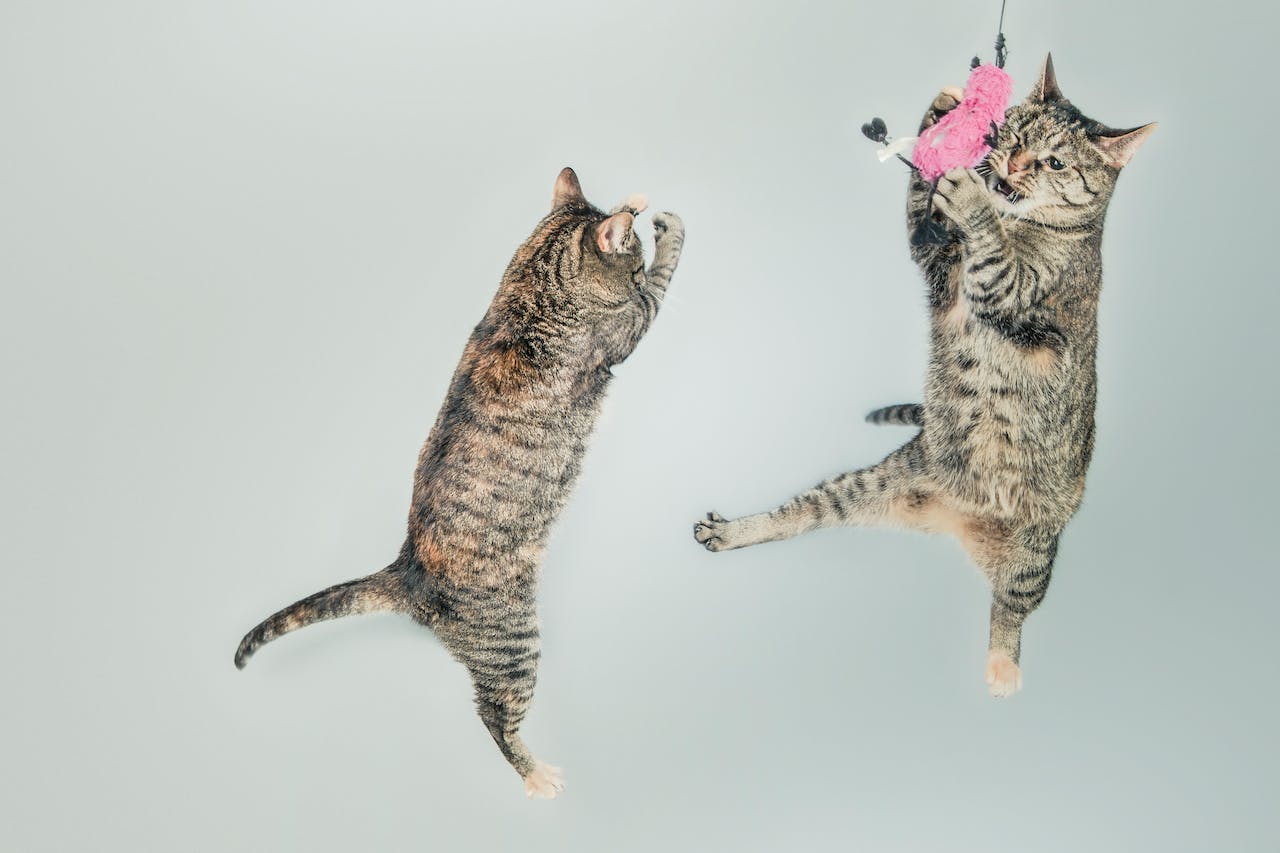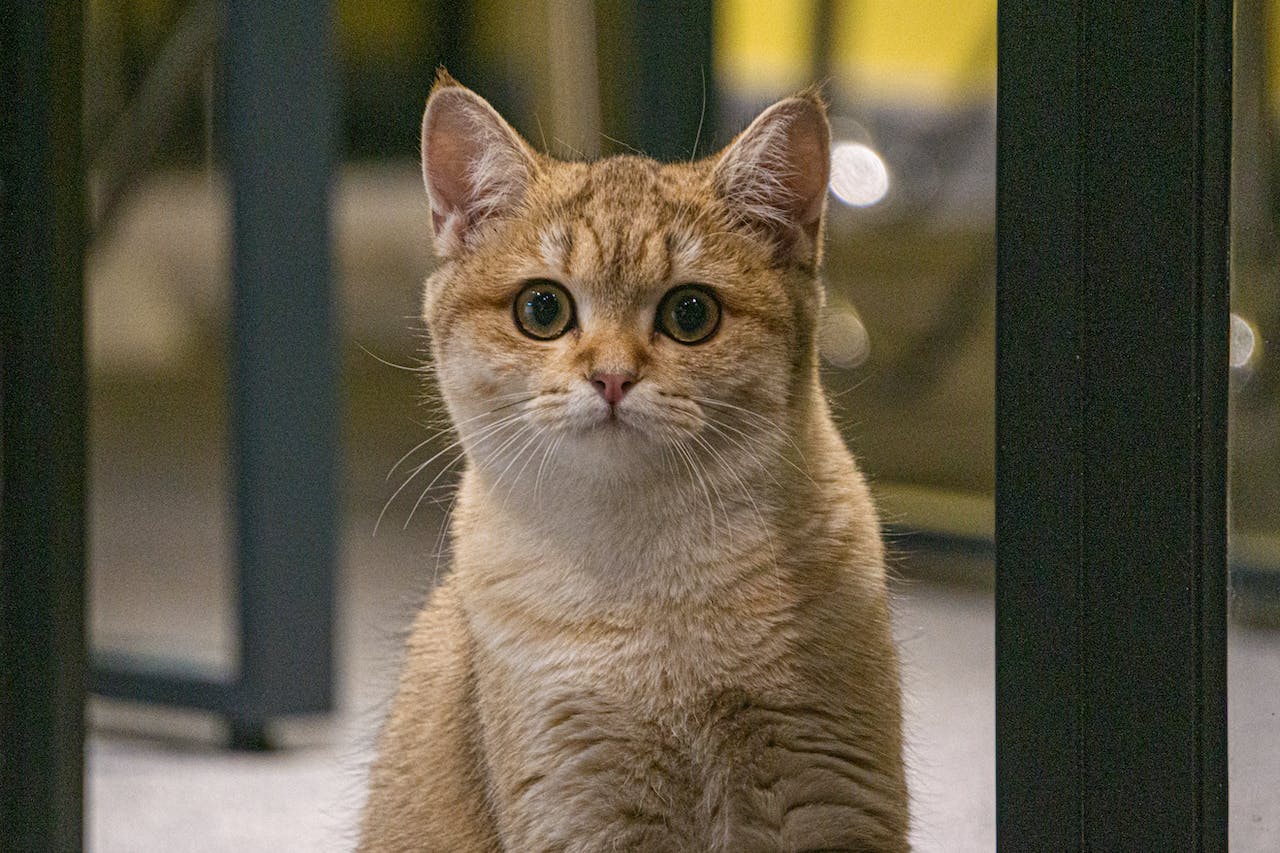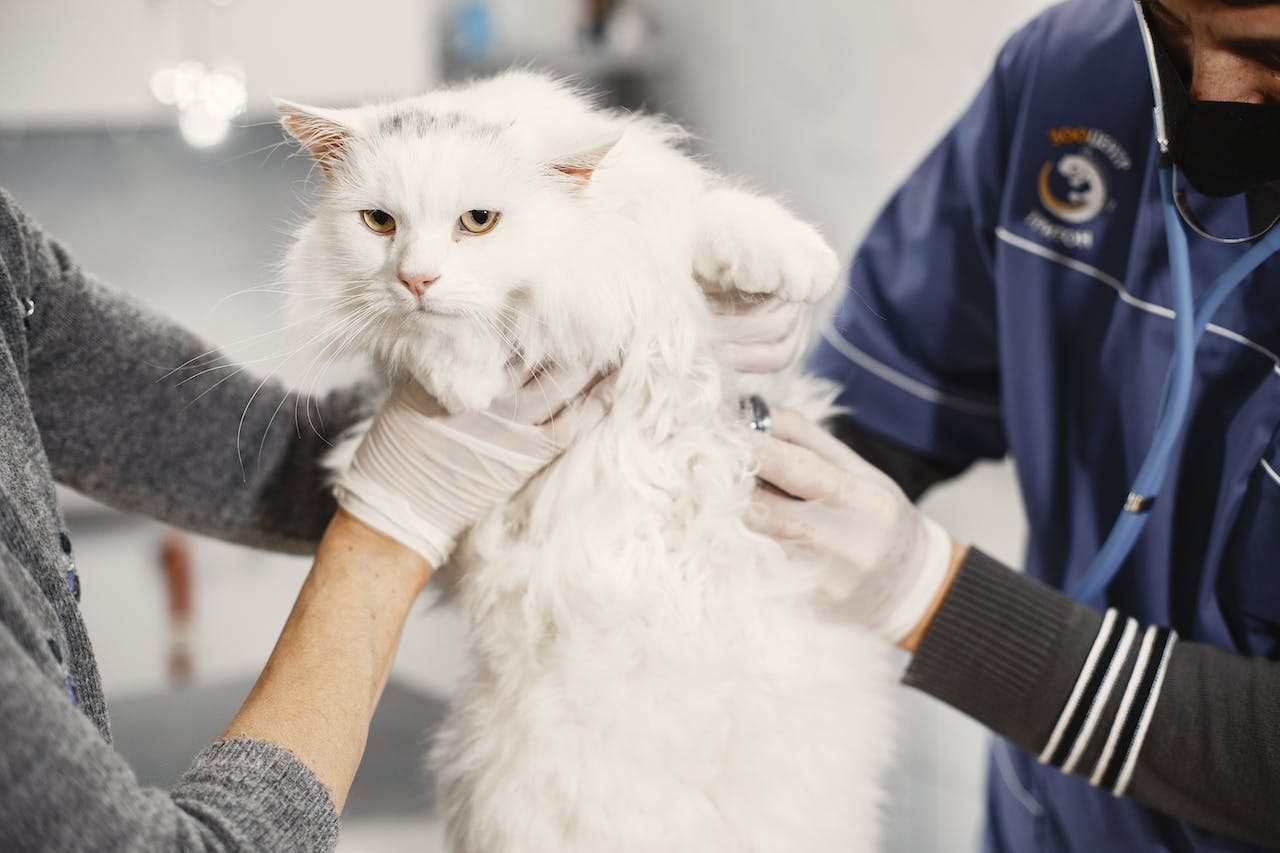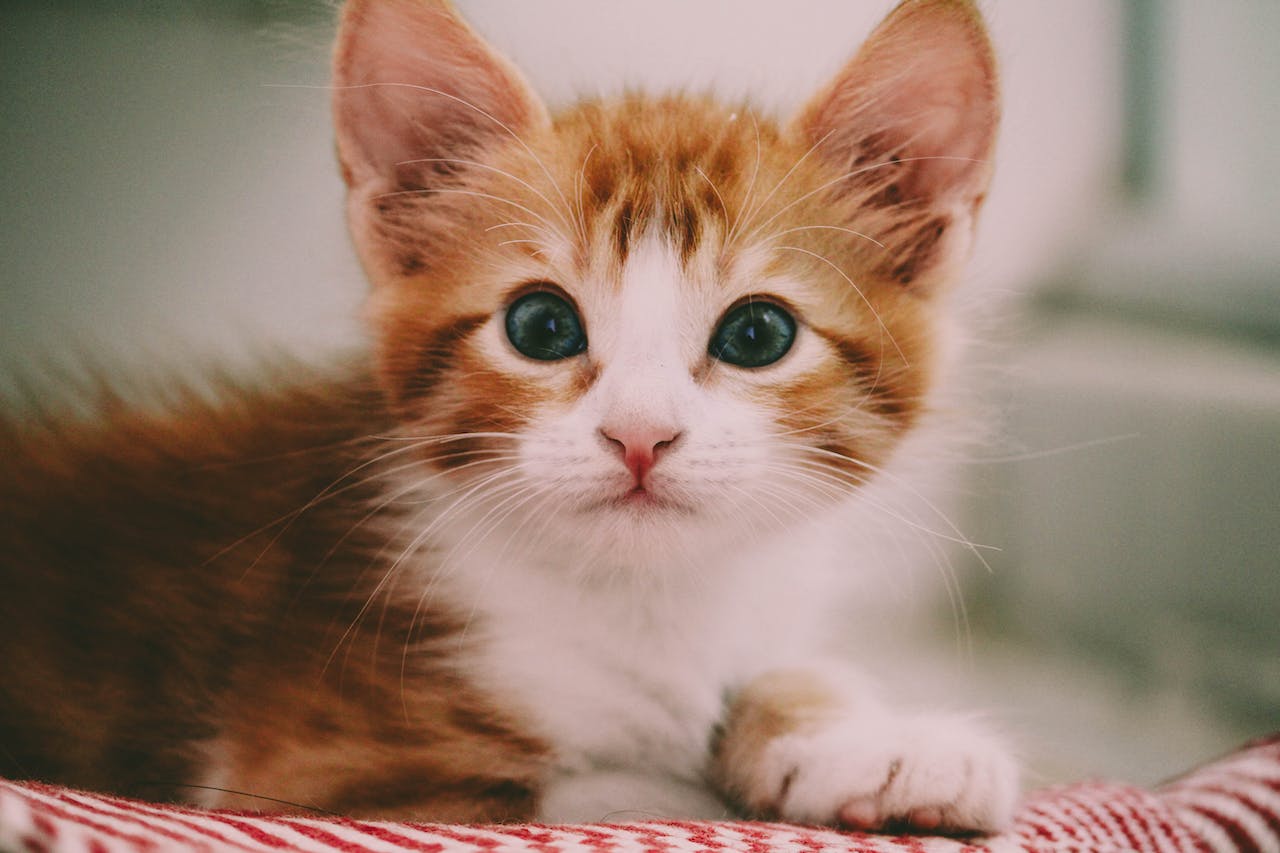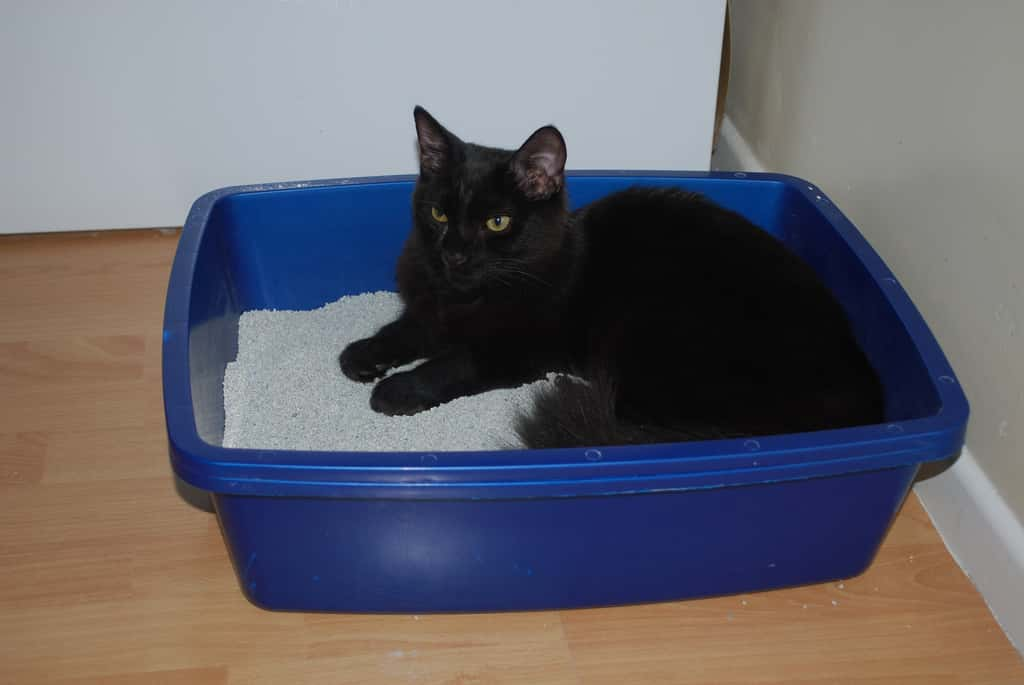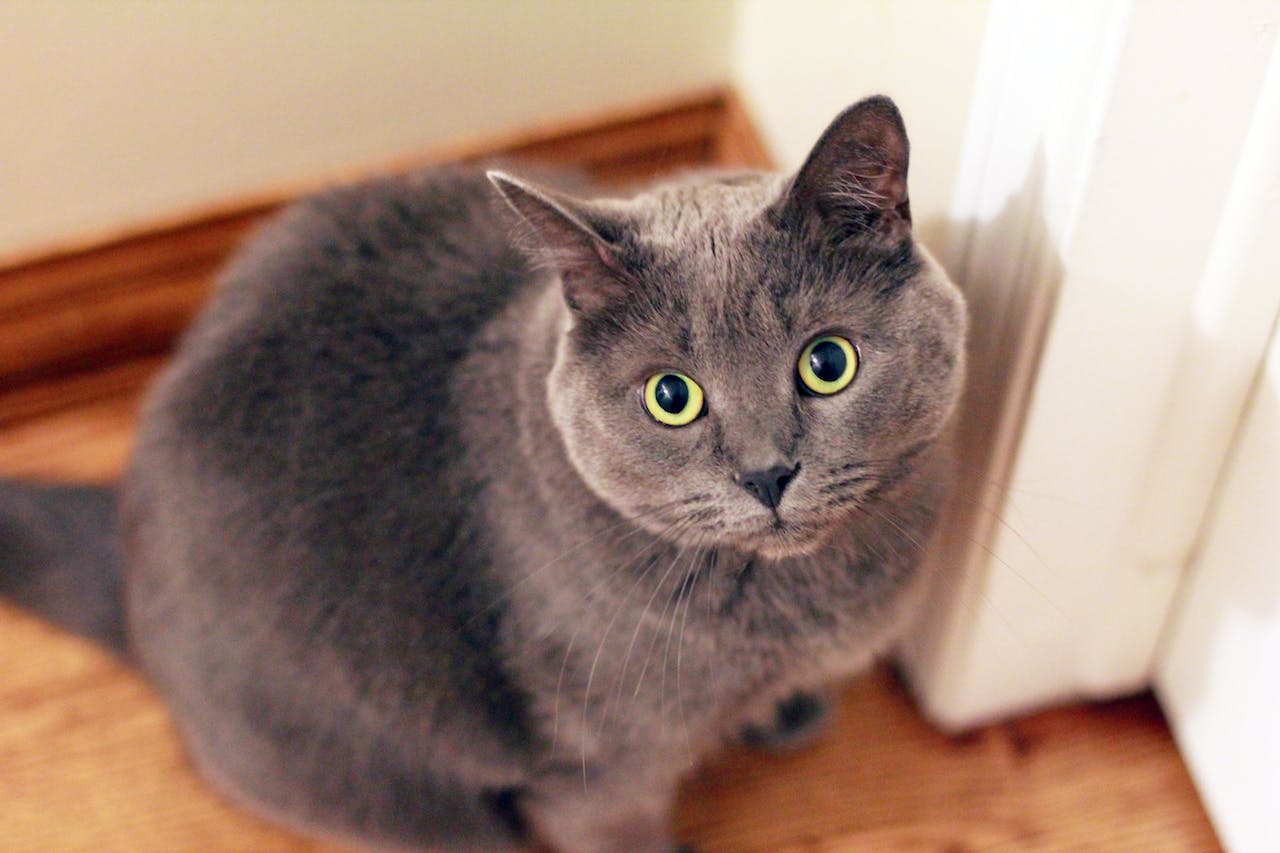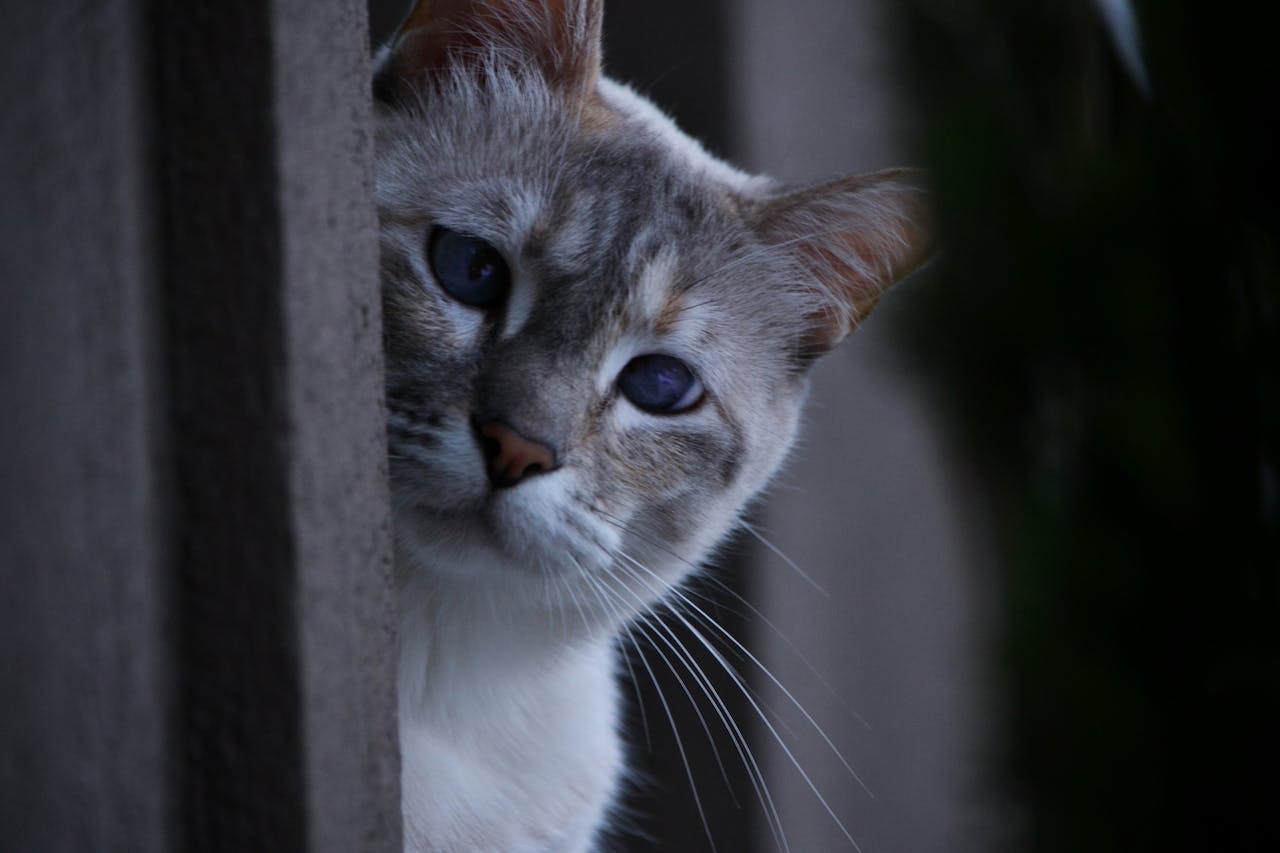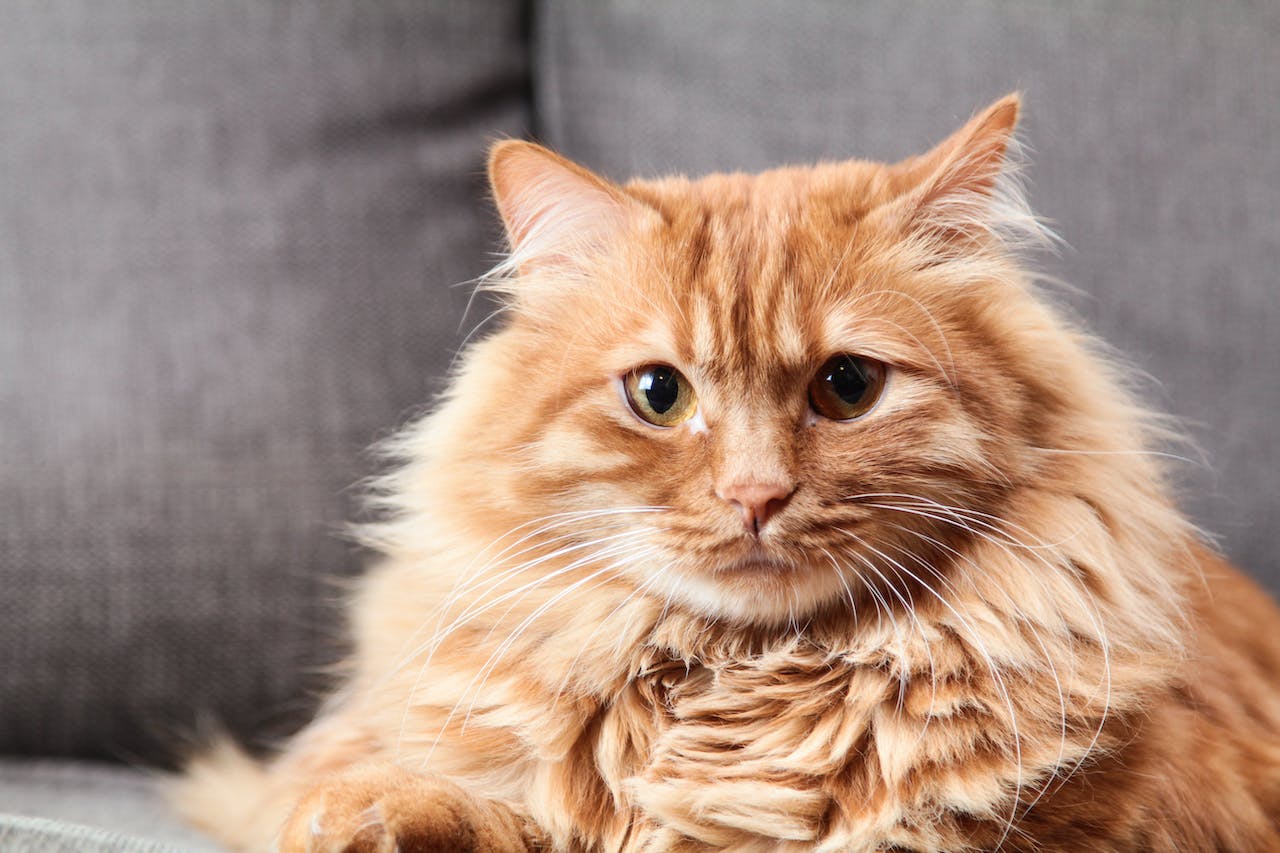5. Same Same...But Different
A cat’s brain is 90% similar to a human’s — more similar than a dog’s is. Cats and humans have nearly identical sections of the brain that control emotion. A cat’s cerebral cortex (the part of the brain in charge of cognitive information processing) has 300 million neurons, compared with a dog’s 160 million. Although a cat's brain is only 90% similar to a human's the picture below proves they are just as strange.
6. The Most Impressive Cat Fact
Hearing is the strongest of cat’s senses: They can hear sounds at frequencies as high as 64 kHz — compared with humans, who can hear only as high as 20 kHz. Cats can move their ears 180 degrees. They can also move their ears independently.
7. Cat Stats
Only 11.5% of people consider themselves “cat people.” These individuals are 11% more likely to be introverted and are more open to new experiences than typical “dog people.” Cat owners who are male tend to be luckier in love, as they are perceived as more sensitive and cat owners, in general, are 17% more likely to have a graduate degree. They are also 25% likely to pick George as their favorite Beatle.
8. Professor McGonagall?
During the Middle Ages, cats were associated with witchcraft, and on St. John’s Day, people all over Europe would stuff them into sacks and toss the cats into bonfires. On holidays, people celebrated by tossing cats from church towers. The renaissance could not have come quickly enough.
9. You alright there kitty?
Some Siamese cats appear cross-eyed because the nerves from the left side of the brain go to mostly the right eye and the nerves from the right side of the brain go mostly to the left eye. This causes some double vision, which the cat tries to correct by “crossing” its eyes.
10. Aquacat
Cats hate the water because their fur does not insulate well when it’s wet. The Turkish Van cat, however, is one cat that likes swimming. Bred in central Asia, its coat has a unique texture that makes it water resistant.
11. It's just story right?
Spanish-Jewish folklore recounts that Adam’s first wife, Lilith, became a black vampire cat, sucking the blood from sleeping babies. This may be the root of the superstition that a cat will smother a sleeping baby or suck out the child’s breath.
12. Catoons
The first cartoon cat was Felix the Cat in 1919. In 1940, Tom and Jerry starred in the first theatrical cartoon “Puss Gets the Boot.” Garfield was first run in 1978 by 41 newspapers including the Chicago Sun. In 1981 Andrew Lloyd Weber created the musical Cats, based on T.S. Eliot’s Old Possum’s Book of Practical Cats. Perhaps the most mysterious comic cat is the Cheshire Cat in Lewis Carroll’s Alice in Wonderland. With the ability to disappear, this mysterious character embodies the magic and sorcery historically associated with cats.
 Jozefsu, CC BY-SA 4.0 ,Wikimedia Commons
Jozefsu, CC BY-SA 4.0 ,Wikimedia Commons
13. I was born in darkness
Isaac Newton invented the cat flap door, which allows your cat to enter and exit the house. Some cats like to come and go as they please, which is okay because your cat can see in the dark. Cats can see at one-sixth the light level required for human vision.

Sign up to our newsletter.
History’s most fascinating stories and darkest secrets, delivered to your inbox daily. Making distraction rewarding since 2017.
14. Cats, start your engines!
Your cat purrs at the same frequency as an idling diesel engine. This is around 26 purrs per second. Guinea pigs, rabbits, squirrels, lemurs, elephants, and gorillas also purr. Your cat purrs continuously by flowing air past the voice box during both inhalation and exhalation.
15. Cat eyes
Without Taurine, your cat would go blind. Taurine is an amino acid that most animals produce on their own, but cats require it in their diet. Don’t worry, it’s in your cat’s food. Taurine is also an ingredient in most energy drinks... but do not fill your cat’s water bowl up with Red Bull.
16. All cats are wild cats
Cats were first domesticated for their appetite for mice and rats. Today, the average pet owner is content to have kitty do little more than nap, but your cat still possesses a fierce hunting instinct. Those who allow their cats to roam outside will often attest to receiving “gifts” on the welcome mat, the corpses of birds and rodents their pet has hunted down. Even today, cats are employed to kill off rats and mice at such places as Disneyland and the State Hermitage Museum in Moscow, Russia.
17. What a girl wants
Anyone who has ever owned a female cat that wasn’t fixed can probably attest to the absolute misery of her heat cycles. She will randomly yowl, and constantly attempt to escape the house to meet up with suitors. Male cats who can sense her eagerness will gather around, waiting for their opportunity. The actual mating process is a lurid exchange, as far removed from romance as imaginable.
18. Who woulda thunk it?
Although your average cat will lap up a saucer of milk like it’s sweet ambrosia, the fact is, they are lactose-intolerant. Like some humans, as they grow, cats stop making the enzyme lactase, which breaks down their mother’s milk. What your furry friend leaves behind in the litter box after this treat will likely convince you to never make that mistake again. Strangely enough, your cat (and his mortal nemesis, the rat), has kidneys efficient enough to allow it to drink seawater to rehydrate, unlike most species.
19. SuperCat!
In 2012, a cat that had only been rescued from the Humane Society hours before managed to save its new owner’s life when she had a diabetic seizure. The cat leaped onto her chest as she lost consciousness, nudging and biting at her face until she awoke. The cat then darted into the woman’s son’s room and pestered him until he woke up to call for help.
20. Dances with cats
In Argentina in 2008, a one-year-old boy was found by police in the city of Misiones, being kept alive by a band of feral cats. The boy, who’d been separated from his homeless father, would likely have died without the intervention of the cats. They snuggled up to him at night to keep him warm and brought him scraps of food. When police approached, the baby’s guardians hissed and spat ferociously at them.
21. Crazy cat people
There are over 43 million households that own dogs which is a far greater number than the 36 million households that own cats. The reason why there are cats still outrank dogs as the number one pet in America is because on average, each of those households owns 2.1 cats compared to the 1.6 dogs per household average. One California woman claims to have over 1000 cats living in her home. Wow...just wow.
22. To claw or not to claw?
Like the cropping of ears and the docking of tails in dogs, declawing cats is a hot-button issue in the pet community. While many owners who have come home to find a shredded couch might believe that declawing is a reasonable solution to their problem, the surgery required to remove the claws is quite brutal. Because the nail grows out of the bone, the veterinarian is required to cut off the end of the cat’s toe, something akin to snipping your fingers off at the first knuckle.
23. Cats don’t fly, they fall with style
A falling cat has several mechanisms for survival. Perhaps most importantly, its sense of balance acts as a sort of internal gyroscope called “aerial righting reflex.” After dropping a few feet, it is almost guaranteed to land on all fours. The cat’s loose, muscular legs act as springs upon landing, distributing the sudden impact. Being relatively lightweight, the cat has a much lower terminal velocity (the maximum speed at which it can fall) than a human: cats reach about 60 mph; humans easily double that.
24. everything’s purrfect..or not
Just because your cat is purring doesn’t mean your cat is happy. Purring can signify contentedness, but it can also mean your cat is in pain, nervous or is just trying to manipulate you into feeding him. Kelly Morgan, DVM, clinical instructor at the Chicago Center for Veterinary Medicine of the University of Illinois at Urbana-Champaign College of Veterinary Medicine in Chicago, likens it to smiling. People smile when they’re happy, but also when they’re uncomfortable or when they want something. Likewise, purring can indicate a variety of internal states.
25. Don't call the fire dept.
Your cat needs vertical space to explore. Cats are naturally inclined to climb (which makes for great cat pics) and perch up high in order to survey their territory. Make sure your cat has a perch of some sort or, ideally, an elevated walkway or series of perches that allows her to survey her domain from on high. If you live in a smaller space like an apartment, having vertical space for your cat to climb and explore becomes particularly important.
26. Queen of cats
A different kind of merchant cat, the world’s richest cat is arguably Japan’s big-headed cartoon Hello Kitty, which earned more than $1 billion in sales and royalties in 2012. According to several studies, psychologists believe Hello Kitty’s appeal is based on kawaii, or cuteness. Hello Kitty’s wide-set eyes and mouthless face convey the character is non-threatening and needs loving care. Hello kitty is also not actually a cat but a little girl cartoon.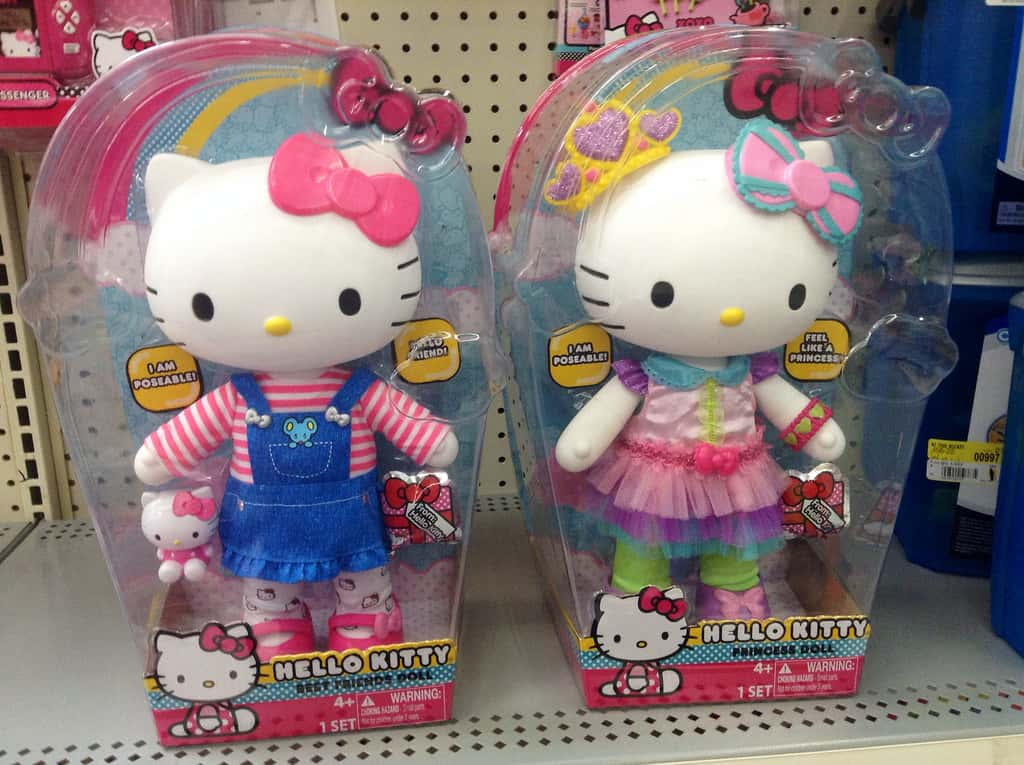 Mike Mozart, Flickr
Mike Mozart, Flickr
27. Control the cat population
Cat overpopulation is a huge problem so it’s extremely important to ALWAYS spay and neuter your kitties. Cats can breed as often as three times a year, so this is absolutely vital. Spaying and neutering also ensures that your cat will live a longer and healthier life. Females who have not been spayed are prone to breast cancer and pyometra, a uterus infection.
28. Kitty conditioning
Take your time when introducing your cat to your new home. It can take “seven to fourteen days” for your cat to get used to a new environment. Let your kitty meet each member of the family one at a time, so she doesn’t get overwhelmed.
29. A Cat Fact We Should All Know
All indoor cats need a litter box. Keep your kitty’s litter box in a quiet, but accessible area. Try not to move it, and if you have to, do it very slowly over the course of a few days. In a multi-level home, a litter box is recommended for every floor. There are even some creative DIY solutions for hiding them in your home.
30. Owners Beware
Be aware of Feline Urological Syndrome. Both female and male cats are capable of developing “lower urinary inflammation.” Symptoms include frequent litter box trips, pain or difficulty urinating, and sometimes blood in the urine. Keep an eye on your kitty!
31. Spy Cats
In the 1960s, the CIA tried to turn a cat into a bonafide spy by implanting a microphone into her ear and a radio transmitter at the base of her skull. She somehow survived the surgery but got hit by a taxi on her first mission.
32. Origin of pussycat
The term “puss” is the root of the principal word for “cat” in the Romanian term pisica and the root of secondary words in Lithuanian (puz) and Low German puus. Some scholars suggest that “puss” could be imitative of the hissing sound used to get a cat’s attention. As a slang word for the female pudenda, it could be associated with the connotation of a cat being soft, warm, and fuzzy.

